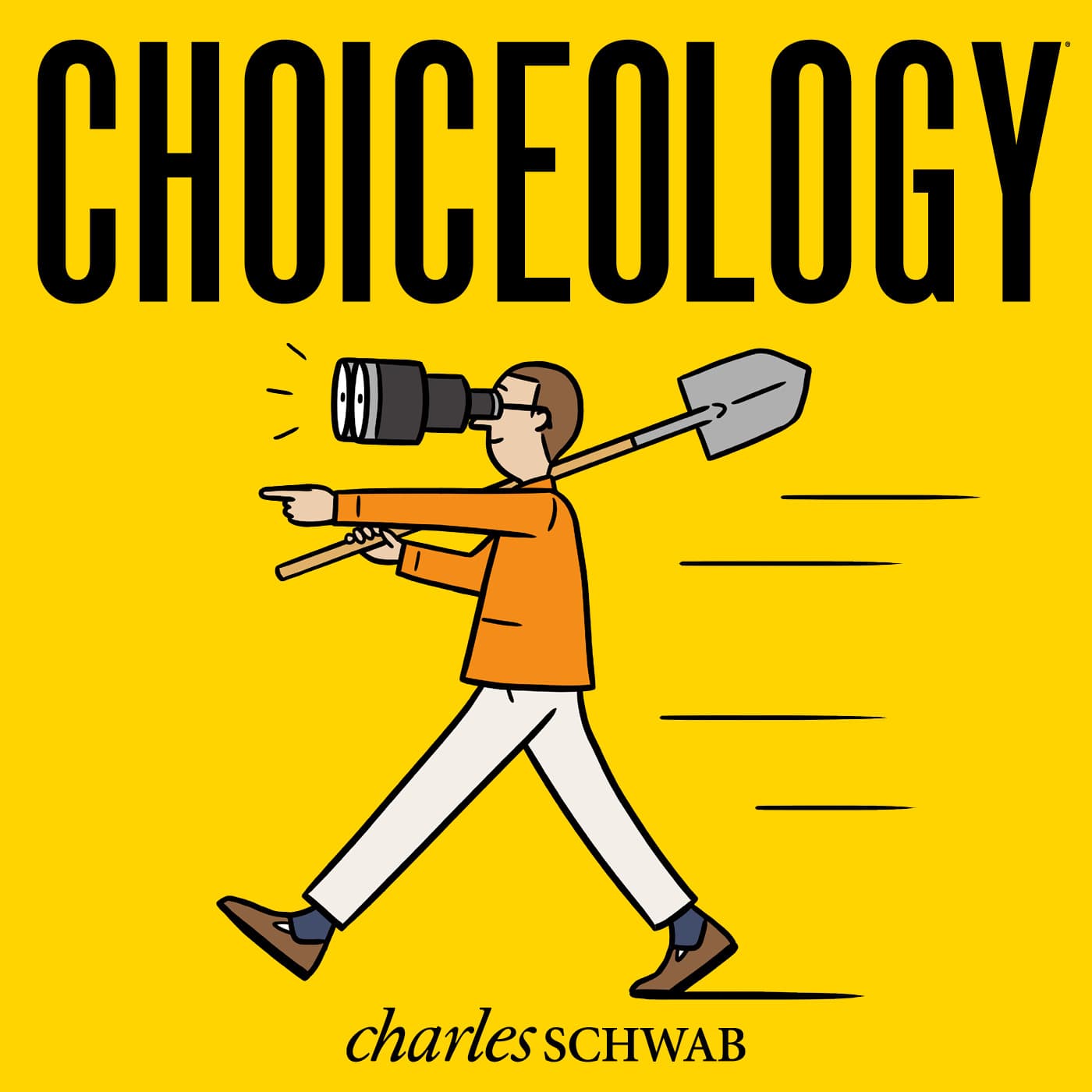So Close to the Prize: With Guests Oleg Urminsky & Brian Zinn
If you've ever signed up for a frequent flyer program, chances are good that you were awarded a certain number of bonus points to start. Those bonus points feel like a nice little gift, but they also serve another purpose: to increase your motivation to participate in the program.
In this episode of Choiceology with Katy Milkman, we explore how your proximity to a goal can affect the way you behave.
You'll hear the fascinating story of Brian Zinn and his decade-spanning quest to unravel an elaborate riddle. When Brian was a college student, he stumbled upon a book called The Secret: A Treasure Hunt. In it were 12 cryptic puzzles—arcane verses and mysterious images that, when paired and solved, would point readers to 12 treasures buried in undisclosed locations around the United States.
The treasure hunt was a harmless pastime during Brian's college days, but when he rediscovered the book years later, it became something of an obsession. You'll learn about his escalating adventures attempting to locate one of the book's hidden treasures. Since the publication of The Secret nearly 40 years ago, only three of the 12 treasures have ever been found.
Next, Oleg Urminsky joins Katy to reveal the behavioral mechanisms that drive us to increase our efforts as we approach a goal, or perceive that we're approaching a goal. Urminsky's research led him to demonstrate surprising shifts in behavior using a simple coffee card loyalty program.
Oleg Urminsky is a professor of marketing at the University of Chicago Booth School of Business. You can read more about his research in the 2006 paper "The Goal-Gradient Hypothesis Resurrected."
Choiceology is an original podcast from Charles Schwab.
If you enjoy the show, please leave a rating or review on Apple Podcasts.
Learn more about behavioral finance.
Explore more topics
All expressions of opinion are subject to change without notice in reaction to shifting market conditions.
The comments, views, and opinions expressed in the presentation are those of the speakers and do not necessarily represent the views of Charles Schwab.
Data contained herein from third-party providers is obtained from what are considered reliable sources. However, its accuracy, completeness or reliability cannot be guaranteed.
Apple Podcasts and the Apple logo are trademarks of Apple Inc., registered in the U.S. and other countries.
Google Podcasts and the Google Podcasts logo are trademarks of Google LLC.
Spotify and the Spotify logo are registered trademarks of Spotify AB.



